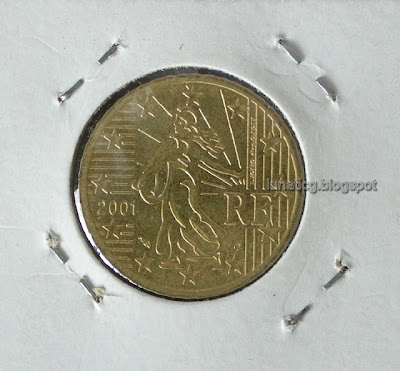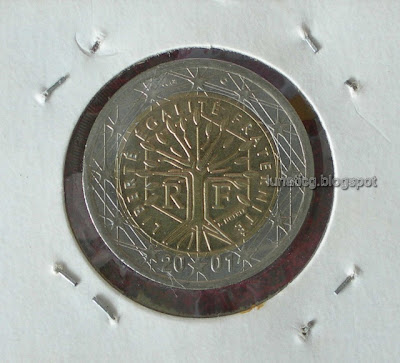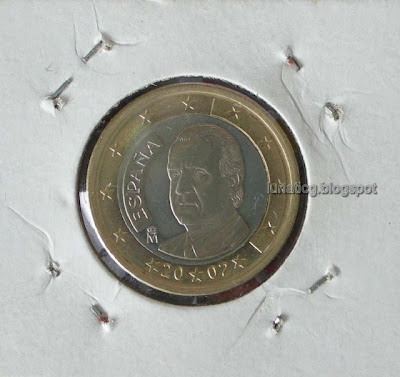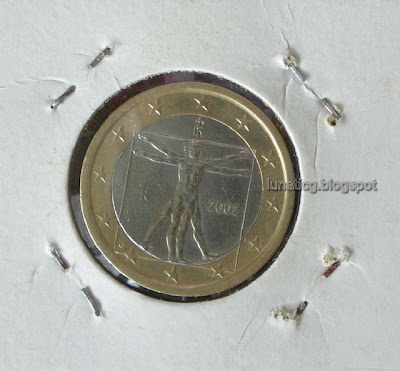European Community euro has been in the market since 1st January 2002. Only twelve out of the fifteen countries in the European Community participated at that time excluding Denmark, Great Britain and Sweden. After 2002 we cannot see the German mark, the French, Belgian and Luxembourg franc, the Italian lira, the Spanish peseta, the Portuguese escudo, the Netherlands gulden, the Greek drachma, the Finnish markka, the Australian schilling, or the Irish pound. Andorra which using France and Spain currency also using euro. In addition, the non-European community Countries of Vatican City, San Marino and Monaco are already using them.
The coins are 1cent, 2 cents, 5 cents, 10 cents, 20 cents, 50 cents, 1 euro and the 2 euro. The euro is equal to 100 cents. The 1, 2 and 5 cents coins are comprised of copper coated steel. The 10, 20 and 50 cents coins are comprised of brass. The 1 and 2 euros are bi-metallic of copper-nickel and brass. Each country can only have
their own design on the obverse of the coin.
This are some of the euro in my possesion.
France 50 cents; 7.8100 g., Brass, 24.2 mm. Obv: The seed sower divides date and RF Rev: Denomination and map Edge: Reeded.
France 2 euro; 8.5200 g., Bi-Metallic Brass center in Copper-Nickel ring, 25.6 mm. Obv: Stylized tree divides RF within circle (liberte egalite fraternite), date below Rev: Denomination and map Edge: Reeding with 2's and stars.
Spain euro; 7.5000 g., Bi-Metallic Copper-Nickel center in Brass ring, 23.2 mm. Ruler: Juan Carlos I Obv: Head 1/4 left within circle and star border Rev: Value and map within circle Edge: Reeded and plain sections.
Austria 10 cents; Obv: Stephen's Cathedral, date on right Rev: Denomination and map
Italy euro; Obv: Drawing by Leornardo da Vinci, date on right Rev: Denomination and map
Germany euro and two euro; Obv: An eagle and stars, date below Rev: Denomination and map
*Obv=obverse, Rev=Reverse



















0 comments:
Post a Comment